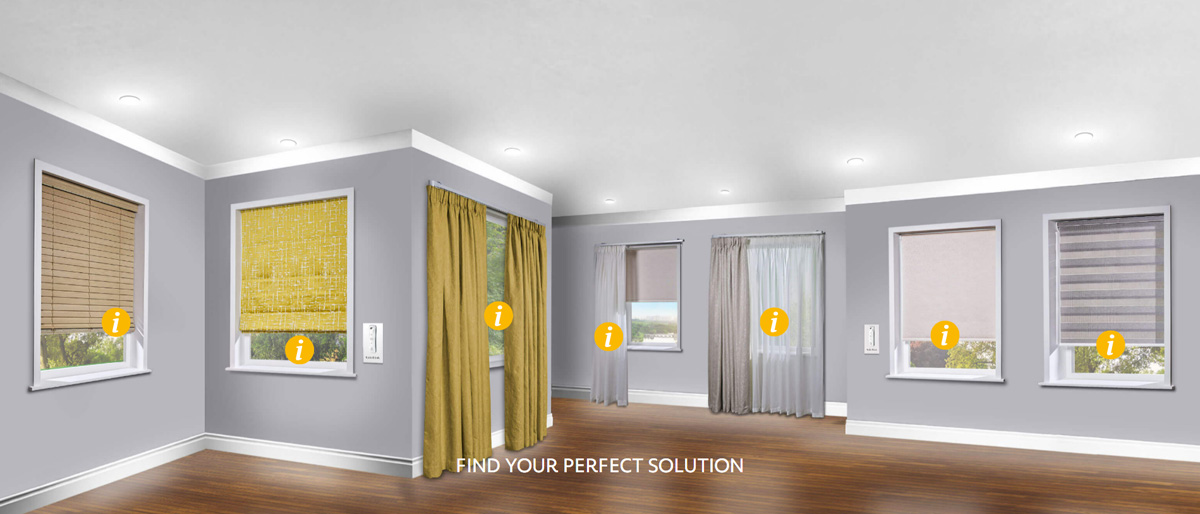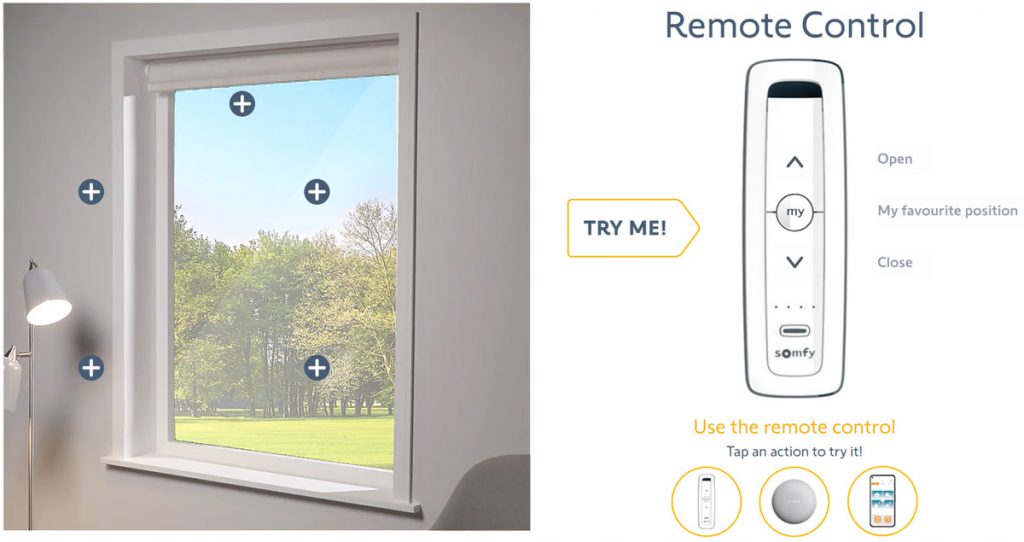

In the ever-evolving world of retail, staying ahead of the curve is crucial for businesses to thrive. For the window furnishing industry in Australia, embracing technology can bring about transformative changes in how customers interact with products and services. One such technological tool making waves in the retail sector is the QR code.
QR stands for “quick response” and takes barcodes to the next level. A barcode holds information horizontally, while a QR code does so both horizontally and vertically, enabling the QR code to hold over a hundred times more information. These little black-and-white squares are becoming powerful tools for enhancing the customer experience and streamlining operations in the window furnishings market.
Consumers are now well aware of how to use QR codes due to their ubiquitous nature during the pandemic. Whether it was checking in, or ordering off a menu, the codes have gained wide usage, begrudgingly or otherwise, but they are now appearing in more and more retail scenarios. We’ll explore five innovative ways QR codes are helping the retail sector of the window furnishing industry in Australia.
1. Access to product Information and specifications:
One of the primary challenges for customers shopping for window furnishings is obtaining detailed product information. QR codes are changing this by allowing retailers to attach codes to their products. When customers scan these codes with their smartphones, they can instantly access comprehensive product details. This includes dimensions, material composition, care instructions, and available colour options, helping them make informed purchase decisions.
2. Virtual room visualisation:
Imagine being able to see how different curtains or blinds will look in your own home before making a purchase. With QR codes, this is now possible. These codes can link to augmented reality (AR) or virtual reality (VR) applications that let customers visualise window furnishings in their living spaces. By scanning the code, customers can use their smartphones or VR headsets to see how curtains or blinds complement their existing décor and lighting conditions, making the decision-making process more immersive and engaging.
3. Installation guides and videos:
For DIY enthusiasts, installing window furnishings can sometimes be a daunting task. QR codes come to the rescue by providing access to installation guides or instructional videos. These codes can be included with the product packaging or displayed in-store. When customers scan the code, they receive step-by-step installation instructions or videos, reducing the likelihood of installation errors and ensuring customer satisfaction.
4. Customer reviews and ratings:
Trust is a vital factor in the purchasing process. To build this trust, retailers can incorporate QR codes that link to customer reviews and ratings for specific window furnishing products. Shoppers can scan the code to read real-life experiences from other customers, giving them insights into product quality and performance. Transparency through customer feedback can significantly influence purchase decisions and enhance the retailer’s credibility.
5. Loyalty programs and discounts:
Retaining loyal customers is essential for long-term success. QR codes can be used to create innovative loyalty programs that reward repeat customers. After making a purchase, customers can scan a QR code to collect loyalty points, which can be redeemed for discounts on future window furnishing purchases. This strategy not only encourages repeat business but also fosters customer loyalty and satisfaction.
As technology continues to reshape the retail landscape, QR codes are proving to be a versatile and effective tool for window furnishing retailers in Australia. By implementing these innovative QR code strategies, businesses can enhance the overall customer experience, provide easy access to product information, and boost sales. Embracing this digital transformation is not just a smart move; it’s a necessity for retailers looking to thrive in the modern market.
Somfy embraces QR codes in omni-channel marketing
For almost 25 years, Somfy has been investing in the industry through its Somfy Expert Retail Partnership Program by contributing motorised product and POS displays to retail showrooms on an annual basis.
Somfy’s omni-channel marketing strategy enables the business to take a customer-centric approach that focuses on a comprehensive customer journey.
“There is nothing quite as effective in selling motorisation as seeing it in person or holding a remote in your hand and sending a blind up and down,” says Somfy Oceania’s Marketing Manager, Mary Ladu.
“We work hard with our Somfy Expert Partners to ensure they have working motorised displays for their entire range of end products, to show end users how easy, convenient and magical motorisation can be.

“It has been really important for us to not only exhibit our range of motors in Expert showrooms, but to invest in having our range of remote controls, TaHoma switch and voice control available in every showroom to capture customer attention and convince them of the benefits of Somfy solutions for their own homes.”
“POS material and showroom product not only helps increase Somfy’s brand awareness in a showroom but also adds credibility to our retailers with Somfy Expert branding,” adds Mohamed Ourdjini, National Retail Manager for Somfy.
“It’s critical in helping our retailers merchandise our solutions and demonstrate motor benefits such as noise difference, speed, etc, and build a rapport with consumers through an engaging and positive retail experience.”
Somfy ties its POS material to the omni-channel strategy with QR codes linking back to somfy.com.au, keeping the brand front of mind and giving end users all the information they need at their fingertips.
“Through our national lead generation campaign, we continue to see the research phase of the customer journey is still predominantly online,” says Ladu.
“With end users heavily relying on online tools to conduct their product research, we’ve placed an important focus on digitising our user guides and tools.”
A key aspect of this is Somfy’s Virtual Showroom, which provides end users with a method of researching Somfy-motorised internal products and operating them with a remote control, voice control or app control, as they would in a showroom, all from the comfort of their home, 24 hours a day.
Scan to step inside Somfy’s Virtual Showroom.
